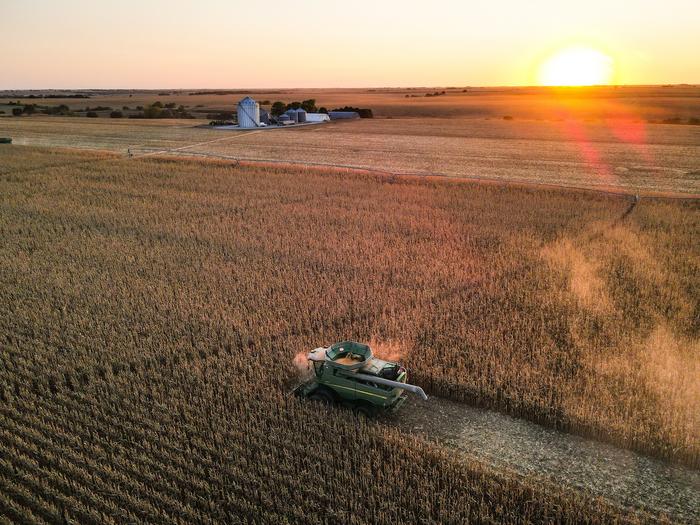How Western Droughts Increased Carbon Emissions
In the early 20th century, as the United States developed the West, the federal government built hundreds of hydroelectric dams on major rivers in the region. These dams have destroyed riverine ecosystems and flooded indigenous land, but have also provided an affordable and abundant source of renewable energy for tens of millions of people. Hydroelectricity … Read more


